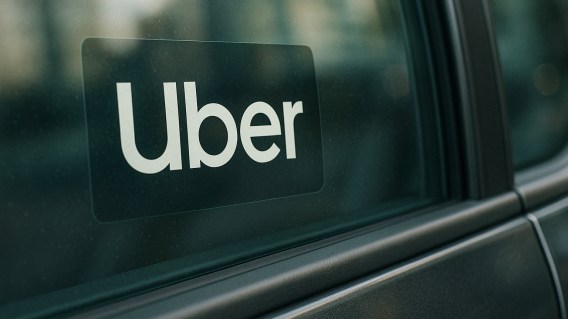‘Good work solved a lot of problems’: Inside Uber’s public relations u-turn
Paulie Dery steered Uber through a public relations nightmare that involved a viral #DeleteUber campaign, passenger safety concerns, and a perceived disregard for driver’s employee needs. Dery explained at ADMA’s Global Forum on Tuesday how focusing on the human side of a technology company helped Uber survive.

Uber was up against it in 2017
Paulie Dery couldn’t have joined Uber at a worse time. He is currently chief marketing officer at AG1, a company that makes the Athletic Greens range of nutritional powder drinks, and before that ran marketing for cooler-box brand Yeti.
Dery’s career started in 2003 as a production assistant at M&C Saatchi, where he eventually led creative. He moved to RGA in New York where he worked as creative director for eight years.
Then Uber called in 2017, and offered him the executive creative director role. It was an intriguing prospect. He liked the product, but it didn’t strike him as a particular dynamic brand. It was, in essence, a blank page.

